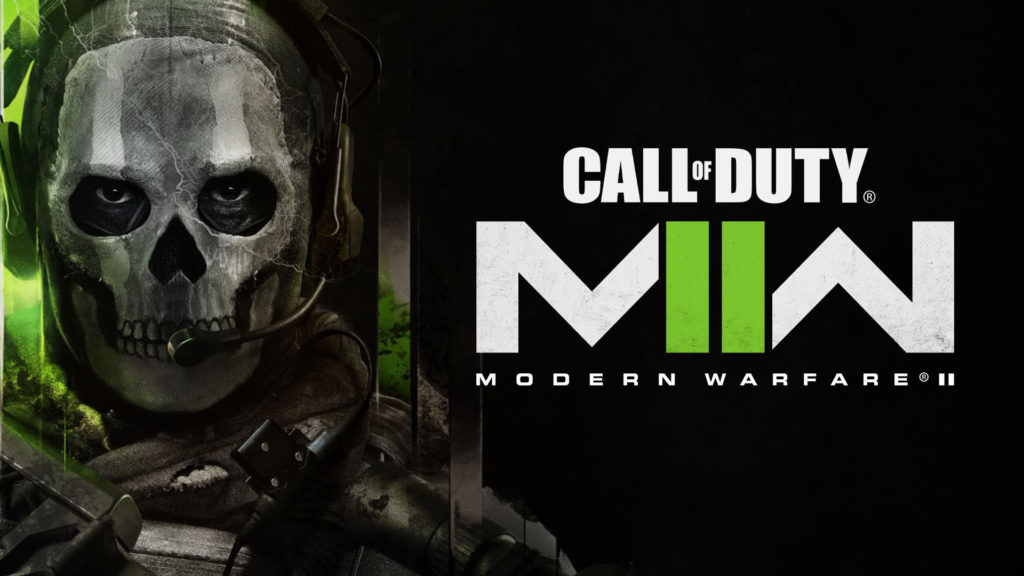This week’s discussion revolved heavily around the topic of first person shooters. We covered their origin and development over the years, but ultimately circled back to a question regarding their identity: What makes a first person shooter?
Over the years we’ve seen games such as Doom, Halo and Call Of Duty effortlessly claim the throne of the first-person shooter category, but as games have gotten more advanced with the help of improved technology, establishing a game as the pinnacle FPS has been increasingly difficult.

We saw walking, jumping and even parkour simulations (ie. mirror’s edge) take center stage of the genre- which may baffle a lot of observers since the “shooting” aspect of a first-person shooter was evidently missing from these variations. Indeed, a lot of games, notably the “simulator” category, have broken from the confines of combat/shooting gameplay and have seemingly elevated the FPS to a broader subcategories of first-person games.
Yes, the camera angle seems to be the defining factor. The first-person experience seems to immerse the gamer in such a unique way that it has earned its very own classification. However, this compelling game-play’s popularity has been capitalized by developers so much now that their dependence on the first person perspective has started to dwindle. Look at StarWars battlefront or GTA V, the feature to switch between camera perspectives, third-person and first person, completely changes how people depict the game. A first-person shooter suddenly becomes an RPG, an open-world, western or even a horror/thriller game.
It doesn’t stop there. The ability to control the camera can even challenge the view that it even is a game at all. The rise of virtual reality has been no stranger to the gaming industry, however, as their popularity increases we observe more forms of entertainment take on the mantle. Movies, exercise platforms and even communication applications use VR in different ways and have continued to grow. In fact, the entire premise of Meta’s “Metaverse” depends on oculus technology and their virtual reality headset, which transports users to a virtual world. While many see it as the next phase of the internet, many skeptics share a common thought: this is just a badly designed video game.

While harsh, this sentiment may still hold some truth. It seems that many major moves in the technology industry today have been accomplished decades prior in a video game. NFTS? In-game purchases for cosmetic items such as skins, emblems, character cards, etc. Virtual worlds? Sandbox games. If first-person shooters are any indicator, maybe we should be less determined on classifying and establish gaming concepts and focus on adapting them for a changing world.

I really love your analysis of how switches of camera perspectives can completely change people’s view of shooting games. I agree that shooting games are taking steps to become less “FPS” to incorporate more elements from other game genres. For example, Overwatch (though obsolete) combines MOBA with FPS experiences. PUBG incoporates battle royale into FPS. I think FPS will eventually move away from the Doom-like version, just like rouguelite games eventually move away from Rogue.
、